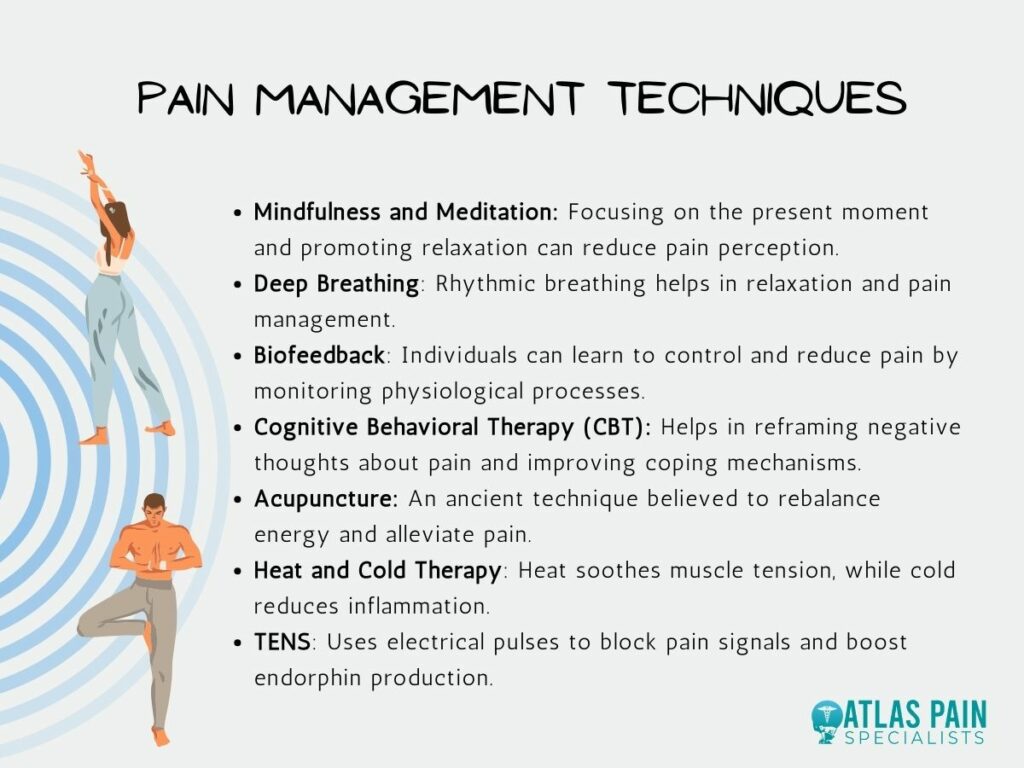Chronic pain can interrupt every facet of daily life, from performing routine activities to achieving restful sleep. For millions worldwide, managing this ongoing discomfort is necessary for navigating their health. Over recent years, advancements in pain management have opened up a range of innovative strategies, significantly improving the quality of life for those with chronic pain.
Contents
Understanding Chronic Pain and its Impact
Chronic pain is defined as pain that persists for three months or longer and often affects areas like the back, joints, or muscles. Many individuals describe it as unrelenting and say it affects their ability to work, engage socially, or enjoy hobbies. Understanding the complexities of chronic pain has been necessary in developing tailored management strategies.
Traditional Pain Management
For decades, the most common treatment options included medications such as analgesics, anti-inflammatory drugs, or opioids. While effective in short-term relief, these solutions have limitations. Medications often carry potential side effects, and long-term reliance can lead to dependency or diminishing results. These shortcomings have underscored the need for additional non-pharmacological approaches to pain management.
Evolving Approaches to Pain Management
Several evidence-based, non-drug-centered techniques are proving effective in complementing or replacing traditional treatments:
- Physical Therapy uses targeted exercises to strengthen muscles, improve mobility, and reduce pain. These therapies can prevent further injury and promote long-term well-being.
- Acupuncture, an ancient practice, involves inserting thin needles into specific points on the body to stimulate nerves and reduce pain. Many chronic pain sufferers find relief with this technique.
- Cognitive-Behavioral Therapy (CBT) aids individuals by addressing psychological responses to pain. By reframing thought patterns and improving coping mechanisms, CBT supports overall pain reduction.
Technology in Pain Management
Innovative technology is redefining pain management through solutions like wearable devices and telemedicine. Wearable devices monitor physiological signals such as heart rate and muscle tension, offering insights and suggesting interventions like relaxation exercises. Telemedicine platforms allow patients to consult specialists remotely, providing consistent support without geographic limitations. These advancements empower chronic pain sufferers with real-time solutions and expert advice, all from the comfort of their homes.
Alternative and Complementary Approaches
A growing interest in complementary approaches has introduced options like herbal supplements and mindfulness practices to the landscape of managing discomfort:
- Herbal Supplements like turmeric or ginger are valued for their natural anti-inflammatory properties and are often used under professional guidance.
- Meditation and Yoga focus on breathing exercises and mindfulness to reduce stress-induced pain flare-ups. These practices alleviate discomfort and contribute to overall physical and mental health.
Advice for Chronic Pain Sufferers
Those experiencing chronic pain can begin exploring these management techniques by consulting with healthcare providers or pain specialists. Personalized treatment plans built around non-invasive therapies, alternative medicine, and technology-based solutions can offer lasting benefits. Seeking professional guidance is necessary to identify the most suitable strategies for an individual’s unique circumstances.
Take Control of Your Pain
The landscape of pain management is continuously evolving, offering chronic pain sufferers an abundance of options to improve their quality of life. By integrating traditional methods with innovative, non-pharmacological, and technology-driven approaches, individuals can access comprehensive solutions tailored to their needs. Consulting with a professional is the first step to unlocking these advancements and reclaiming daily life with greater
